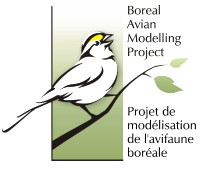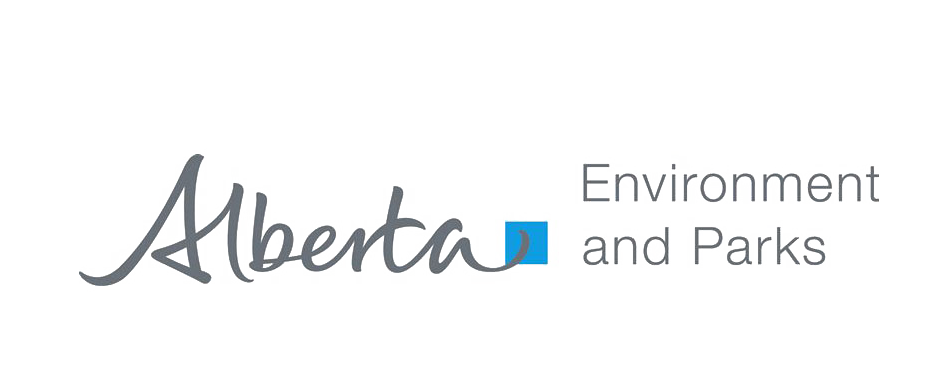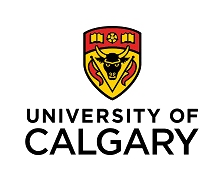Collaborators & Contributors
In this section we acknowledge collaborators and contributors to this report.
Introduction
The ABMI benefits from the strong support of various partners and collaborators, from our delivery partners (InnoTech Alberta, the University of Alberta, the Royal Alberta Museum, and the University of Calgary) to our many generous sponsors. A list of these vital contributors is available via the ABMI website, here.
Additionally, many organizations and individuals contribute data and expertise that enhance our program and the data and information products that result. Those who made specific contributions to this report are acknowledged below.
We are grateful to all of our partners and collaborators for their ongoing operational, financial, and scientific support.
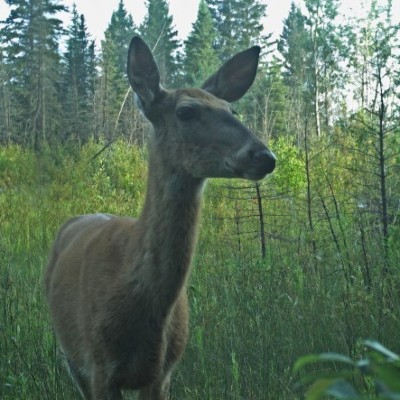
White-tailed Deer (Odocoileus virginianus)
Collaborators
Data Partners & Collaborators for the Norbord Report
Boreal Avian Modelling Project (BAM)
For the ABMI’s bird analyses, ABMI data are combined with data from the Boreal Avian Modelling Project (BAM). Within Alberta, the BAM database is a compilation of data from the Breeding Bird Survey (BBS), Breeding Bird Atlases, Environment and Climate Change Canada (ECCC), the Bioacoustic Unit at the University of Alberta, other monitoring projects, and short-term research projects. In particular, the ABMI, BAM, and ECCC have enjoyed a long and mutually beneficial relationship during which both data and ideas have been shared. The data and information reported here substantially benefited from the aggregate dataset of these organizations, as well as the efforts and expertise of the collaborating scientists.
Alberta Environment and Parks (AEP)
ABMI human footprint data are enhanced by a longstanding partnership with the Government of Alberta / Alberta Environment and Parks (AEP) through the Alberta Human Footprint Monitoring Program (AHFMP). This partnership allows, for example, additional geospatial layers produced or maintained by the Government of Alberta to be incorporated into the ABMI's Human Footprint Inventory.
Environment & Climate Change Canada (ECCC)
Environment and Climate Change Canada supports the ABMI's work in a variety of ways. In 2019, acoustic experts from ECCC, the ABMI, the Bioacoustic Unit, and BAM came together to develop the next phase of acoustic data management for Canada, which has come to be called the Open Data Initiative (ODI). This initiative, funded by ECCC, involves further functional development of the ABMI's WildTrax platform, and increased standardization and data sharing across data management platforms like WildTrax and NatureCounts.

Bioacoustic Unit
The Bioacoustic Unit (BU) is a collaboration between the ABMI and the Bayne Lab at the University of Alberta. The BU is the authority on best practices for using acoustic technology in Alberta and offers a range of services to support the application of acoustic technology. Leaders in the application of wildlife acoustic data to environmental management and research needs, the BU team is actively engaged in research to enhance methodologies and better understand the natural acoustic environment.
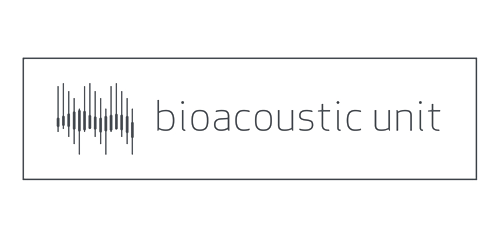
Contributors
Ecosystem Services Assessment
The Ecosystem Service Assessment (ESA) project was initiated in 2013 by the ABMI and its consortium of collaborators, including Alberta Innovates, InnoTech Alberta, Alberta Government, Silvacom, University of Alberta, and University of Guelph. The ESA project aimed to develop integrated systems that assess and map multiple critical ecosystem services across Alberta. As one part of this project, a spatially explicit modeling approach was used that employed forest growth yield curves from Natural Resources Canada and carbon storage equations from the Canadian Forest Sector to simulate forest growth, a carbon budget, and timber production processes. In addition to the ABMI data, key data inputs were also obtained from the: Government of Alberta, Environment Canada, Natural Resources Canada, and Silvacom. Further details about data used for these analyses are provided in Kennedy et al., 2014.
Gordon Stenhouse
Gordon Stenhouse was the program lead for the fRI Grizzly Bear Program from 1998 to 2021. This long-term research program involved a multi-disciplinary team of scientists supported by a host of forestry companies, energy firms, and provincial and federal government agencies. The program goal was to provide knowledge and tools to ensure the long-term conservation of grizzly bears is Alberta. This research has resulted in the publication of over 175 research papers in scientific journals. In addition, using 23 years of GPS radio telemetry data from collared grizzly bears, along with remote sensing habitat and landscape change mapping, the GBtool was developed to promote grizzly bear conservation and recovery. For more information on this research program, please go to: Grizzly Bear Program | fRI Research.

